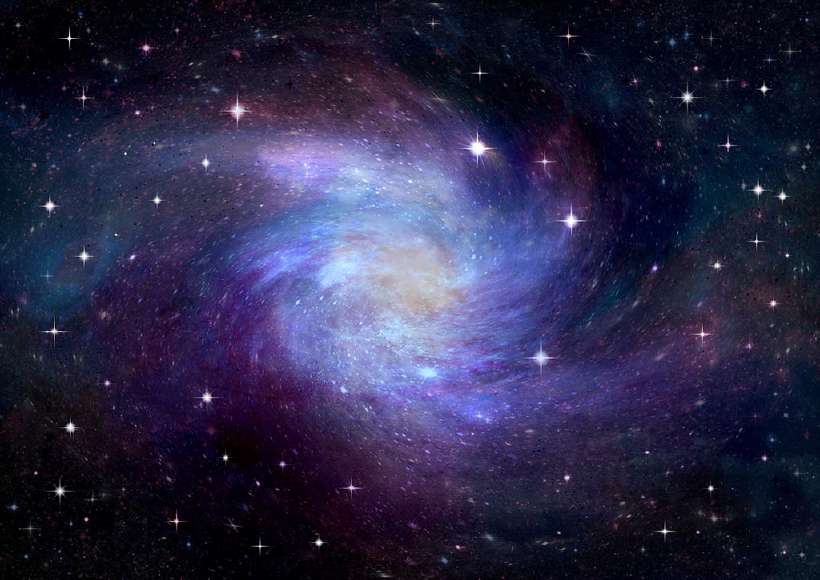Planets! Planets! and more Planets!
Home / Science for Kids / Science News for Kids / Planets! Planets! and more Planets!
Astronomers working at Berkeley and Geneva have found nine new planets circling nearby stars. With this discovery, we now know of 50 extra-solar planets, also called exoplanets. That is a big increase from 41 planets last known five years ago.
All these individual planets move in an orbit around a star, which is called their parent star. The astronomers estimate that the Beta Pictoris star has a planet ten times the mass of Earth. It orbits at a distance of about 10.5 billion kilometers, more than ten times the distance of the earth from the sun. And Vega, one of the brightest stars in the sky appears to have a planet twice the mass of Jupiter, the largest planet in our solar system. This planet is 8 billion kilometers from its parent star. In comparison, our solar system seems almost tiny. The distance between Pluto, the farthest planet in our solar system and the sun is “just” 5.9 billion kilometers!
Besides these two planets, there are two others, which are as big as Saturn. These two orbit very close to their parent star. What is surprising is that one of them takes just 2.98 days to complete a round and the other takes 29.8 days. Now the astronomers have to put on their thinking caps to figure out why one circles the star exactly ten times faster than the other!

Since many extra solar planets are too far away to see directly, astronomers must detect extrasolar planets by carefully watching the stars to see if they “wobble,” or slightly shift their center of mass. Just as the moon has gravitational effects on Earth, and each of the solar system planets has a slight effect on our sun, any large object orbiting a star will tug at the star, causing the star to move slightly.
When searching for extrasolar planets, astronomers see a slight shift in a star’s light as an alert that some object — perhaps a planet — may be orbiting it. Several of these stars now seem to show unexplained wobble behaviour, a condition that many scientists think is evidence for second and even third planets orbiting them, according to a report in The Hindu.
Geoff Marcy of San Francisco State University told the BBC: “The planets we are finding around other stars, all orbit in elongated, elliptical orbits. It’s quite frightening that virtually all planets that we have found orbit close to their stars where they heat up and then move out to where they cool down,” as reported in Deccan Chronicle.
In such a case, water, if it did exist on these planets, would boil and then freeze! In such a situation, would life — as we know it — exist on these planets?
473 words |
4 minutes
Readability:
Grade 7 (12-13 year old children)
Based on Flesch–Kincaid readability scores
Filed under: science news
Tags: #galaxy, #planets, #stars, #orbit, #solar system
You may also be interested in these:
Why Do Stars Twinkle?
Treaty on Global Warming
Indian Children on US Mars Project
How Will our Sun Die?
Why do Meteorites Strike the Earth?